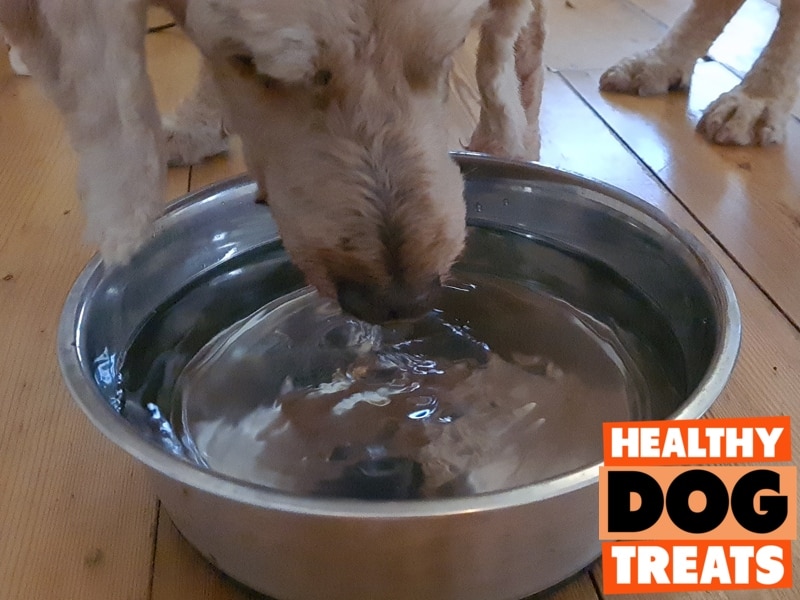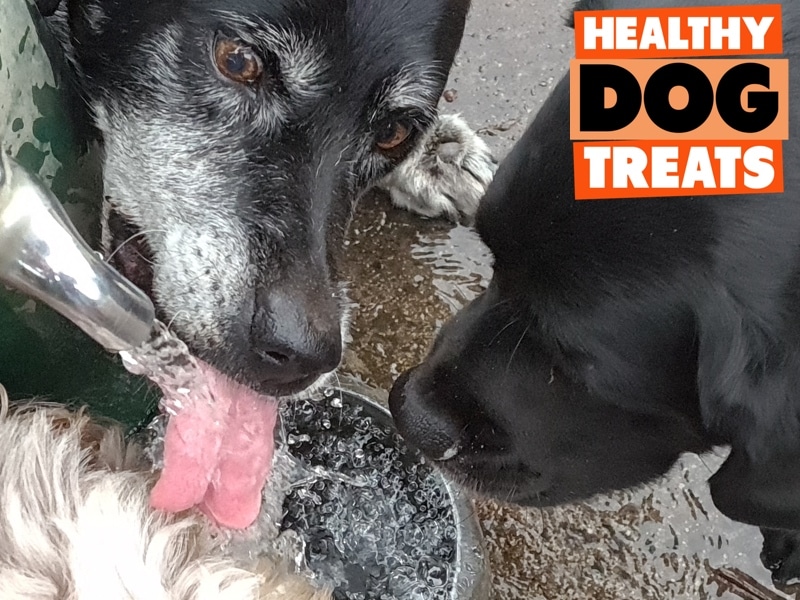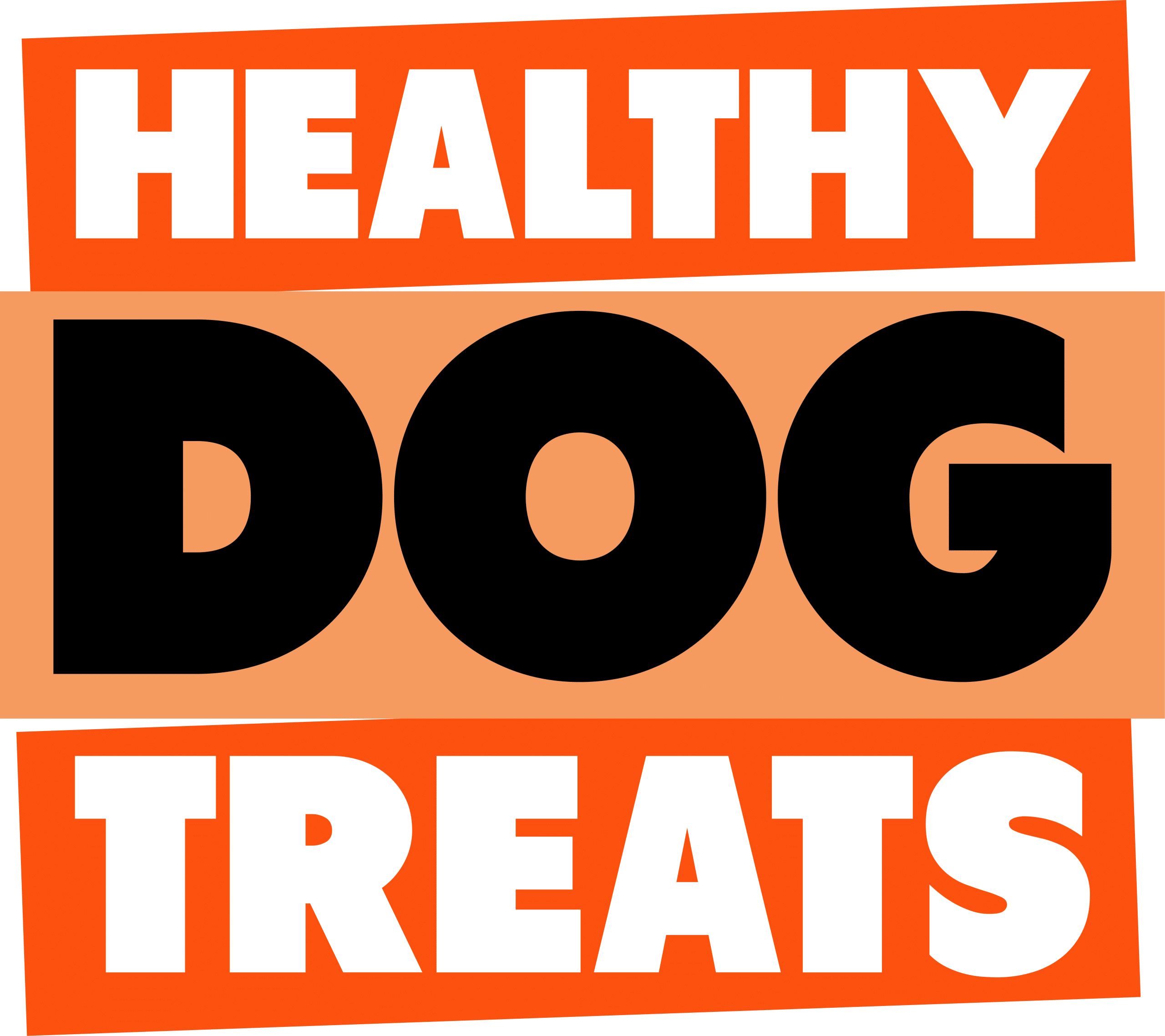How to prevent toxic biofilm in your dog’s food and water bowls

This should be the most simple article ever written and read. But I have to tell you from looking at many dog water bowls over ten years of short-term pet sitting – many dogs bowls are absolutely filthy. AND not cleaned regularly or thoroughly.
The main ‘thought’ seems to be, that dogs in the wild or parks will drink any dirty puddle water. And this is true. BUT whenever you can provide a healthier choice around the house, and avoid dog disease, human disease and vet expense … its probably a good idea to adopt a new habit for their primary feeding and water sources.
What is biofilm in your dog’s water bowl?
Biofilm has variously been described as the stick sticky, slimy film that you see on the surface of your pet’s food and water bowls .
A simple test is a visual inspection of the water bowl. If cleaned at least daily, it’s unlikely that there will have been enough time for any film to form. You wouldn’t expect a visible film to form on your cup of water overnight, but leaving that water for 24 hours or more, usually risks the film forming.
Why biofilm on dog water is DANGEROUS.
If biofilm was just an aesthetic or taste thing, you mightn’t be too concerned. And for years, the whole topic of biofilm was treated by some portions of the human community as a myth or joke.
Biofilm is mostly composed of bacteria that attaches itself to the surfaces of exposed food or water dog bowls (and human bowls if you leave them out too).
While some of the bacteria can be good or innocuous. Much of it will be substantial populations of Salmonella, Listeria, E. coli & Legionellacan. REF 1 The kind that can lead to serious dog infections, and human illnesses.
How to prevent biofilm on your dog’s food and water with simple hygiene practices
Everyone will claim to love their dog. But often fall short of basic hygiene practices we put in place to keep young children healthy.
“You must use a fresh clean bowl for each (DOG FOOD) meal, because the oils from the food and saliva mix together to create a particularly nasty biofilm & the oils then go rancid.” Ref 1
Some sites then says to simply pop the bowl in the dishwasher – but I know many people who don’t want to mix dog dishes (and commercial dog food crumbs not fit for human consumption) with their own crockery and glassware.
I think it’s much simpler than that. Simply before every meal hand wash with a ‘dog sponge’ (that you keep clean or renew regularly) and dishwashing liquid. And ensure that the food bowl and the water bowl are completely scrubbed clean. THEN run water substantially over the clean surface of the bowl, to ensure that there is no soapy taste left.
Why so diligent with dog bowl cleaning?
“The dog water bowl has been identified as the third most contaminated item within the household, suggesting that it is able to act as a formite (inanimate object for .. ) bacterial transmission, particularly where young or immunocompromised individuals are present. “ ref 2
This begs the question, where do all of those bad bacteria originate?
It is true that some can come via your water tap (the water mains). And in fact some journals suggest to be safe in immune compromised households to only feed your dog sterilised water.
But more commonly, these bacteria are sourced from outside of your house:
“Dogs spend a considerable amount of time outdoors, where they come into contact with a plethora of bacterial pathogens through contaminated soil, water, faeces and other animals (Lambertini et al., 2016). “ ref 2
Trust me, as a pro dog walker, I have seen plenty of random dogs, including dogs in our pack eat MANY things that they shouldn’t, as well as playing ‘dirt angels’ scratching their backs in an assortment of dog sprayed soil and bark. But that unfortunately is not the only dog induced danger of water contamination causing biofilm.
“Additionally, the canine skin and oral microbiome is naturally colonised by a diverse range of bacteria. Sixty percent of emerging pathogens are considered zoonotic (ie can be passed between dog and human) (Dula and Pal, 2017; Cutler, Fooks and van der Poel, 2010)” Ref 2
Knowing that we should regularly clean our dogs and their food and water bowls is the vital take away here. But a recent study also looked at what food and dog water bowls were best at preventing biofilm formation.
What dog bowl materials best prevent biofilm formation?

The latest study, specifically for dogs, looks at three main bowl materials: plastic, ceramic or stainless steel – and which ones fostered the largest populations of the most dangerous bacteria’s over 7 dayts and over 14 days.
The time scales here might seem arbitrary, but growing the larger populations with the different dogs (and their mix of mouth bacteria) gave the best baselines. Also you might not be surprised that some owners virtually never clean their dog bowls until they are overgrown with algae and someone says something, so a 14 day period isn’t too much of a stretch.
The results “descriptive statistics suggest that the plastic bowl material maintains the highest bacterial count after 14 days. Several medically important bacteria were identified from the bowls, including MRSA and Salmonella, with the majority of (bacteria) species being identified from the ceramic bowl. This could suggest that harmful bacteria may be able to develop biofilms more successfully on ceramic materials” ref 2
But again this is just dogs we are talking about right? And most people think of dogs as being almost resistant to all known disease. But if you are interested in self-preservation at all, the following statistic should be important to you.
“In addition to continuous re-infection of bacteria to dogs via ingestion of contaminated water, it is suggested that biofilms are responsible for 65% of all bacterial infections in humans (Rowson and Townsend, 2016). When washing or refilling a water bowl, humans may come into contact with bacterial biofilms and subsequently transfer pathogens from their hands to household surfaces” REF 2
So surely if we diligently clean our hands with soapy water after touching our dogs, and their food bowls everything will be ok, right?
“Bacteria in biofilms exhibit increased resistance and tolerance to antimicrobials and environmental stressors (compared to bacteria found on other household surfaces). Suggesting that they may be able to persist for longer within dog water bowls.” Ref 2.
So not only are the type of bacteria potentially life threatening to dogs and humans, they are also quite resistant to being killed off.
AND that is why the material in dog bowls becomes more important.
“Surface roughness and hydrophobicity influence the ability of bacterial cells to adhere to the surface and therefore determine the hygienic status of the material. A study by LeJeune et al. (2001a) into the hygiene of cattle water troughs … showed metal having lower bacterial counts than concrete (OR) plastic. This study collected samples of water from each trough, however it is thought that 95% of the bacteria present in water systems are located at the surfaces and only 5% can be identified in the water phase.” REF 2
“Cook, Britt and Bolster (2010) identified that biofilm decay rates (bacterial decline) were fastest on stainless steel materials, followed closely by plastic.” But the results are not representative for all bacterial species and their specific adherence to these materials. Meaning that the more recent studies into plastic bowls suggest that Stainless steel bowls are likely to be much better at preventing bacterial growth (or at least the very bad bacteria) in biofilm.
But is your sponge new?
They also found that sponge materials (used to clean the bowls) had the highest HPC (Heterotrophs plate count of various pathogen numbers) – often higher than the biofilm it was trying to remove!
The next highest bacteria growths were found in porcelain then stainless steel and plastic. “Dog bowls are commonly constructed of stainless steel, plastic and ceramic. These materials may permit heavy growth of bacterial pathogens as they lack antimicrobial effects (Fatoba et al., 2014).
The results of this study suggest that these materials can harbour bacteria in high volumes and thus research specifically applied to bacterial load in dog water bowls constructed with these materials and the species present in them would be beneficial.” Ref 2
CONCLUSION
Dog food and water bowl cleanliness in your house or yard is primary to keeping them and you healthy.
Provide them with plenty of exercise, and healthy dog treats by all means, but cleaning their food and water bowls, at least daily, with a clean sponge (and soap or antibacterial soap) is also vital in preventing the formation of toxic biofilms. Flush the bowls to remove residual soap taste.
While more study are needed into finding the best bowl materials for preventing biofilms from forming, it appears that glass or stainless steel are currently the best, with ceramic and plastic bowls the least value.
If you think about what humans use mostly in the cleanest places on earth (operating theatres and IC fabrication plants) – then you will realise that stainless steel is a pretty good dog bowl choice.
While biofilm mostly forms as a film on the top of the water surface the material of the bowl, and even deep scratches seems to play a significant role in reducing populations of dangerous bacteria’s that can affect dogs and owners negatively.
If you wouldn’t drink out of it, then perhaps consider its not safe for your dog to do so either. A daily water and food bowl clean is ideally everyone’s standard practice for best dog and human health.
Stay healthy and happy humans and dogs out there !
REFERENCES
REF 1 Biofilm: The invisible crud trashing your pet’s immune system – knollwoodhospitalforpets .com
REF 2 Microbiological assessment of canine drinking water: the impact of construction material on the quantity and species of bacteria present in water bowls – HARTPURY STUDENT RESEARCH JOURNAL. Author Names: Coralie Wright (BSc (Hons) Bioveterinary Science) and Aisling Carroll 2018

